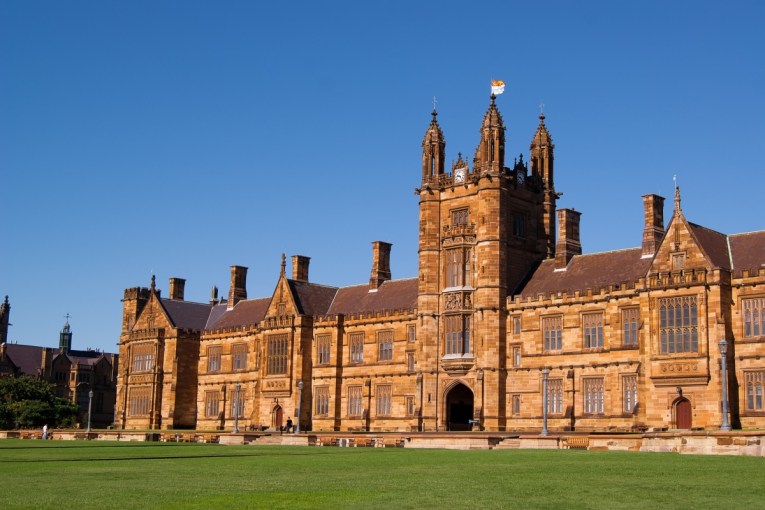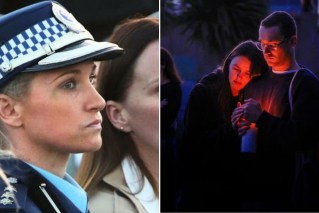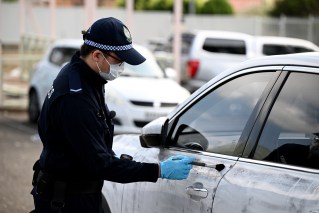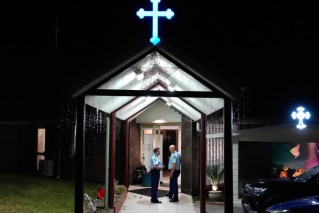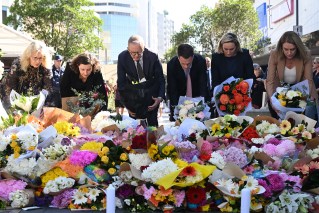Sydney smoke three times worse this bushfire season, but health effects unknown
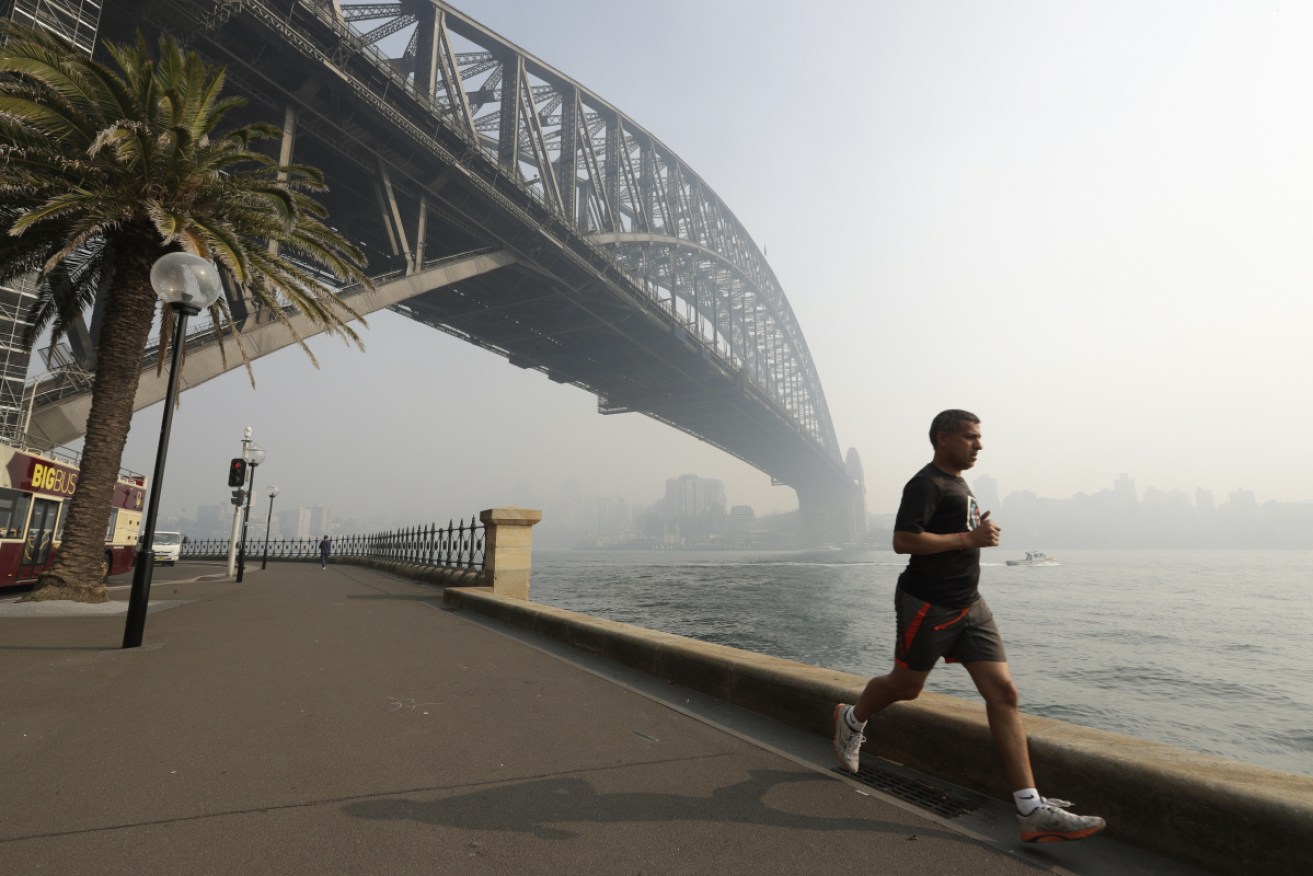
A smoky city has become the norm in Sydney in recent weeks. Photo: AAP
Waking up to a city full of smoke. It’s the new norm in Sydney.
The spate of bushfires burning across NSW has given people in the Harbour City a taste of what it’s like to live in a smog-choked megacity.
NSW Department of Environment data shows Sydney’s air quality this bushfire season is already three times worse than at any moment in the past five years.
This graph shows the amount of harmful pollutants in Greater Sydney’s air since the start of this season’s bushfire crisis compared to previous years.

Sydney’s air quality index already this bushfire season. Source: ABC
The Department uses an Air Quality Index to inform the public about pollution.
The AQI is calculated by measuring the amount of “particulate matter”, or microscopic pollutants, in the atmosphere.
While the NSW government measures several different categories of “particulate matter”, the one of most concern to people’s health is PM2.5.
It’s also the smallest size the NSW Government measures – about 3 per cent of the diameter of a human hair.
That means it can enter a person’s lungs and bloodstream, and can trigger heart attacks, strokes, lung cancer and asthma attacks.
In the past five years, albeit when there were fewer monitoring sites, there were only five recorded instances of a daily maximum AQI above 100, indicating “poor” air quality in Greater Sydney.
In November and December 2019, there have already been about 80 – over a quarter of them above 200, which indicates “hazardous” air quality.

Widespread bushfires across NSW are to blame to the worsening air quality. Photo: AAP
In health terms, the toxicity of the air in some parts of Sydney has gone from smoking half a cigarette, to between four and 10 per day.
Director of Environmental Health at NSW Health, Dr Richard Broome, said there had been an increase in the number of people presenting to emergency departments with respiratory issues.
During the week ending November 22, there were about 2230 ambulance calls for breathing problems – a 22.5 per cent increase from Sydney’s weekly average.
In the Mid-North Coast, where bushfires were so intense they created their own weather systems, the number of ambulance calls for breathing problems doubled over the same period.
Christine Cowie, a senior fellow at the Centre for Air Pollution, Energy and Health Research at the University of NSW said breathing in the high amount of fine particles could affect physical development.
“Certainly people who are repeatedly exposed to high levels [of air pollutants] and if they’re children for instance or elderly, it’s likely to impact on their lung function,” Dr Cowie said.
“It can affect lung growth … kids’ lungs will not grow to their full capacity and that may impact on them later in life.”
Dr Cowie said there had been limited research into “medium-term exposure” to low air quality – when a city is blanketed in smoke for weeks like Sydney.
“No one can say definitively what happens after a two-month exposure to those high levels, other than if you’re susceptible, you’re likely to have increased respiratory problems,” she said.
